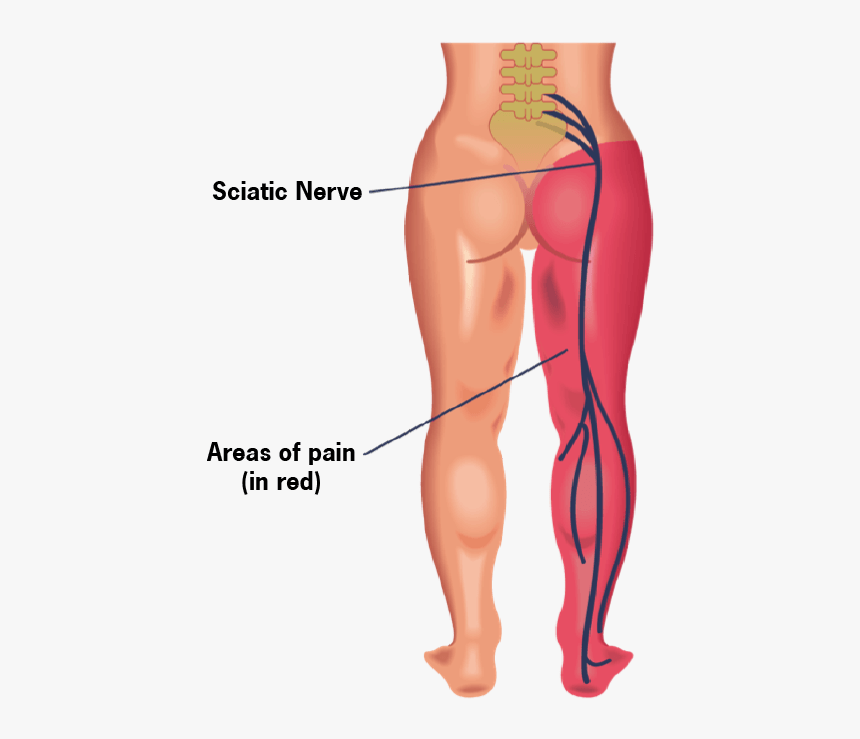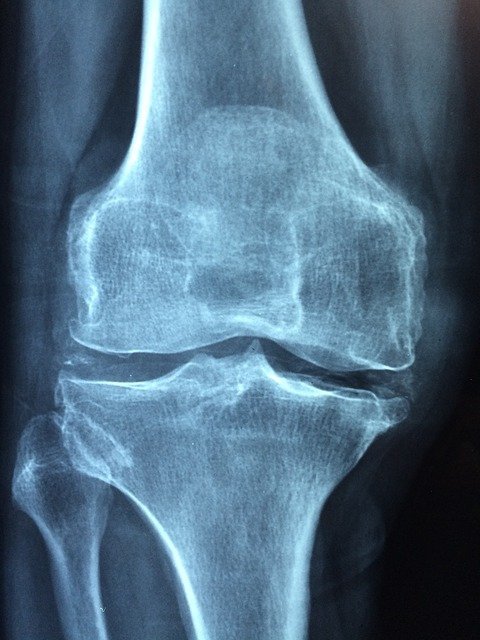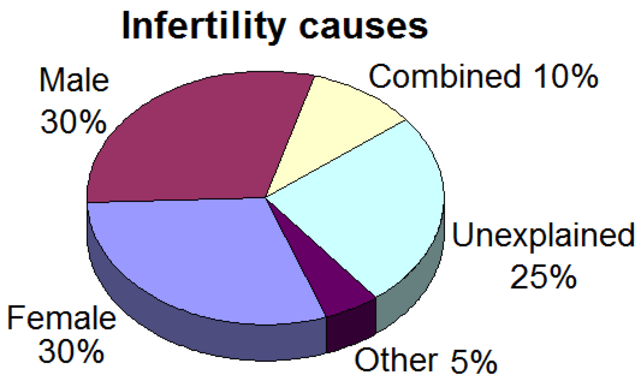Information on this site shall be considered as holistic, alternative and spiritual advice only. For medical advice and treatment a GP, medical professional and/or Certified Hijama Therapist should be consulted. In all circumstances where lifestyle changes, supplements, or other foods are suggested your GP should be consulted. Client Safety is the number one priority.
Cupping / Hijama Points Treatment Plan for Sciatica
Allow 2-4 weeks between sessions – longer if required. Hijama Points shown for each session should ONLY be used to guide the therapist. Body size, cup size, and any other conditions need to considered and appropriate care and attention taken. The number of sessions shown can be increased or reduced depending on the condition of the client.
Complete Treatment Plan
Click here for Session 1Click here for Session 2
Standard Wet Points – 1,55,11,12,26,51,13,27,52
Click here for Hijama Points on the back of the bodyIf the client has a complicated history and numerous concerns then it is a good idea to use our online consultation service – click here.
Which body part or function is involved in Sciatica?
Sciatica is a nerve pain due to impairment in the sciatic nerve. It is the largest of the nerves in the human body that innervates lower body parts extending from the base of the spine and runs along the lower back to each of the legs to the foot. This nerve is formed from the L4 and S3 part of the spinal nerve group called the lumbosacral plexus. At the start of the nerve, it is more flattened (around 5 mm high and 10 to 15 mm wide), but as it extends down into the legs its shapes turn more round. The thickest portion of this nerve measures about 2 cm in diameter.
This nerve is responsible for nerve function and sensation in the muscles of the leg including the back of the knee, ankle, calf, foot sole, back of lower part of the leg, and back of the thigh. This nerve comprises both sensory and motor neurons therefore sciatic is involved in diverse functions. It branches out into different body parts and covers and supplies to a larger area along the way. The major function that this nerve performs in the lower limb includes standing, walking, climbing, running and weightlifting. Without the sensory and motor role of this nerve all activities related to lower limbs are impaired.
In healthy individuals, this sciatic nerve cannot be felt by touching or pressing the skin as it is well protected by the muscles of the buttock area. Any damage to the nerve can lead to stiffness and inflexibility in movement. The inflammation of this nerve causes tingling in the back, buttock and leg areas and also causes weakness and enervating pain.
The impairment in the sciatic nerve can occur in the lumbar spine present at the nerve’s root point in the lower back or it can also get damaged along its length to the thigh, leg, or foot.
What are the symptoms and effects of Sciatica on the body?

Sciatic pain is a nerve pain that affects the lower extremity and is caused due to irritation of the sciatic nerve. The sciatic-related pain starts from the lumbar region of the lower back radiating to behind the thigh and sometimes also extend down the knee. The most common cause of sciatic pain is lumbar disc herniation leading to irritation and inflammation of the nerve leading to associated symptoms. Other causes may include osteophyte, spinal stenosis, cauda equina syndrome, spondylolisthesis, an injury, infection, bleeding, or tumor in the lumbar spine region. In some cases, the irritation of the nerve leading to sciatic pain is also caused during pregnancy. The sciatic-related pain is felt as electric, burning, or stabbing pain in the buttock area, hip, leg, and lumbar making it difficult for the affected person to walk or to bend at the waist. Several risk factors can lead to sciatic pain including any previous injury or trauma of the lumbar region, aging, obesity, diabetes, smoking, physical inactivity, osteoarthritis, lack of proper posture, herniated disc, or lumbar disc disease, or degenerative arthritis of the lumbar spine.
The symptoms of the sciatic may include pain in the back, buttock, and lower legs that can be moderate to severe, numbness or weakness in the lower body parts (lower back, leg feet, or buttock), feeling of needles in the legs, feet or toes. It becomes difficult for the patient with the impaired sciatic nerve to walk due to severe pain that may improve while in a sitting position or laying down.

What changes in diet can help improve symptoms of Sciatica?
It is always useful to improve health conditions through natural ways like adding some dietary nutrients to help cope up with the disease symptoms. in this regard, leafy vegetables such as spinach, kale, Swiss chard, or collard that are rich in magnesium have been shown to reduce inflammation and regenerate the sciatic nerve. Also, blueberries that are laden with anti-inflammatory phytochemicals like anthocyanin are a great natural source to help fight inflammation.
Changes in lifestyle which can help Sciatica
Making the necessary lifestyle changes can greatly improve the symptoms of sciatic nerve pain. Managing stress, quitting tobacco use, proper exercise to lose weight in case the patient is overweight, avoiding heavy lifting, avoiding high heels, having the correct posture while standing or sitting, using the right type of chair for sitting, may improve the symptoms.
Possible alternative remedies for Sciatica
It is recommended by the research that resting too much can also increase sciatic pain so it is recommended to add gentle exercises that are not strenuous or just a small walk is also good to improve physical activity strengthening the spine. Similarly, gentle stretching, use of heating and ice pads, changing posture every 20 minutes if you are sitting for too long can help reduce the sciatic pain triggers, and use of non-steroidal anti-inflammatory drugs (NSAIDs), can relieve the sciatic pain when it spikes.




